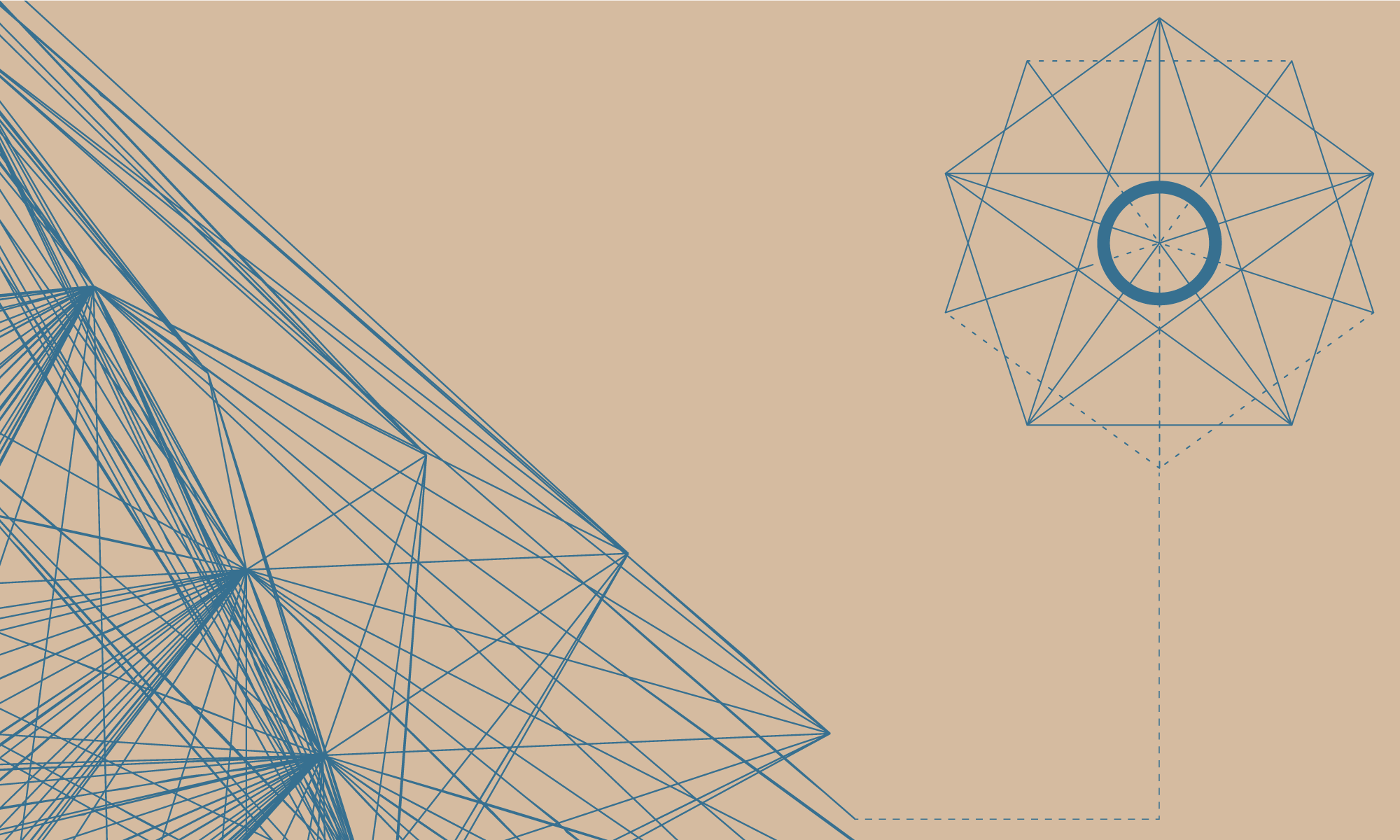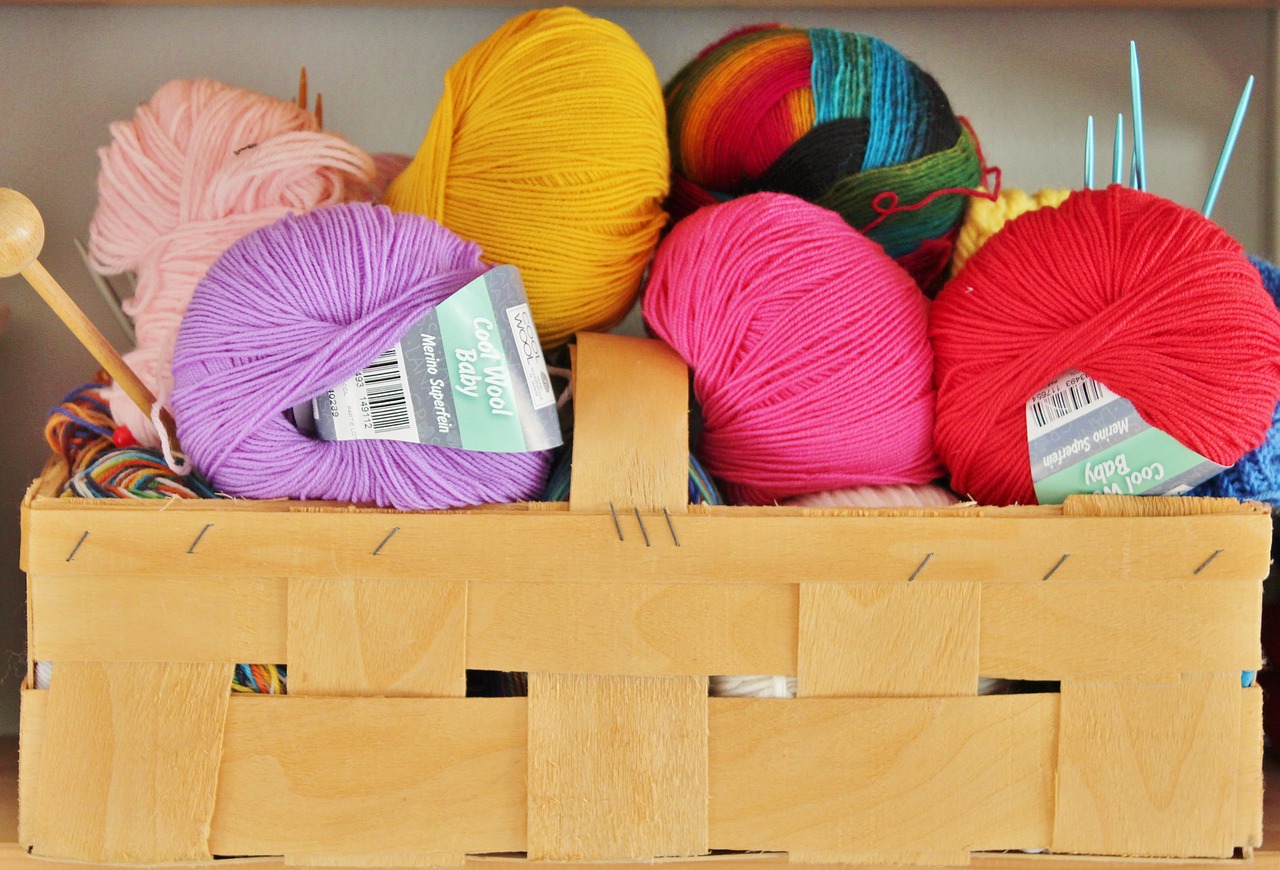Almost seven percent of the U.S. adult population suffer from major depressive disorder, and nearly half of those diagnosed with depression are also diagnosed with an anxiety disorder, which affects 18 percent of the population. Although depression and anxiety affect nearly 25 percent of Americans, they are treatable. Typically, treatment is a combination of behavioral therapy, medication, and complementary and alternative treatment.
Symptoms
Anxiety and depression disrupt an individual’s life. The person may feel a constant, irrational fear and worry, constant feelings of sadness or worthlessness, and be unable to relax. Physical symptoms include rapid heartbeat, fatigue, headaches, hot flashes, sweating, abdominal pain, and difficulty breathing.
Additionally, the individual may develop insomnia, issues with appetite, and difficulty with memory, decision making, and concentration. He or she may feel tired and cranky, lose interest in hobbies and activities, and suffer from panic attacks. Furthermore, people with a mood disorder are two to three times more likely to have an alcohol or other substance abuse disorder at some point in their lives than the general population.
Standard Therapy and Medication
Cognitive-behavioral therapy (CBT) is often used to treat people with an anxiety disorder, depression, or both. CBT teaches individuals to acknowledge and manage their fears, anxieties, and depressive symptoms by getting to the underlying sources that are creating the feelings in the first place. People using CBT also learn how to take control of their emotions so future stressors are less likely to deeply affect their moods.
Antidepressant medications can be used to treat anxiety or depression. Typically, medications are used in combination with CBT. The most prescribed types of antidepressant medications are selective serotonin reuptake inhibitors (SSRIs). This classification of drugs is newer and has fewer side effects than older classifications of antidepressants.
While both behavioral therapy and medications work, many people wish to use complementary and alternative treatment. If you suffer from anxiety and/or depression, you can actually use your hobby as an additional treatment option. Creative therapy (such as art therapy and music therapy) are both popular and proven ways to combat mood disorders, as well as many other illnesses.
Creative Therapy
This is where knitting comes in. As you know, knitting is an artform, and like other forms of art can offer a great deal of benefit to your mental health. In art therapy, an art therapist assists a patient in using art media, the creative process, and the completed artwork to treat any underlying issues. The American Art Therapy Association states that art therapy allows the patient to “explore their feelings, reconcile emotional conflicts, foster self-awareness, manage behavior and addictions, develop social skills, improve reality orientation, reduce anxiety, and increase self-esteem.” The end goal is to improve or restore his or her sense of personal well being.
Of course, you don’t know need an art therapist to help you utilize art as a treatment option. The act of creating something through art (like knitting) diverts our attention away from worrisome thoughts. You can allow your anxiety or depression to express itself through your art, or you can use art to create a visual representation of a safe place or a visual representation of what anxiety or depression looks like to you.
Music therapy is similar to art therapy, except it utilizes music, including creating, singing, moving to, and/or listening to music. It can be used in people with autism, Alzheimer’s, pain management, anxiety and depression, as well as other situations. Music therapy has been shown to help individuals with mental health issues to reduce muscle tension, improve self-image, decrease anxiety, and learn successful and safe emotional release techniques.
As with art therapy, you don’t need a professional music therapist to use music to help your anxiety or depression. Creating music reduces stress by lowering cortisol levels. Playing music can also provide an emotional outlet, as singing or playing an instrument allows you to turn your worry or sadness into a work of art.
If you suffer from anxiety or depression, you can seek help through behavioral therapy and medications, but also consider exploring art and music as complementary or alternative therapy options. Incorporating something you already enjoy – like knitting– into treatment can increase the likelihood feeling better. If you listen to relaxing music while you work, then even better. The best part is that art and music therapy can help you without the risk of side effects.
Photo Credit: Pixabay


